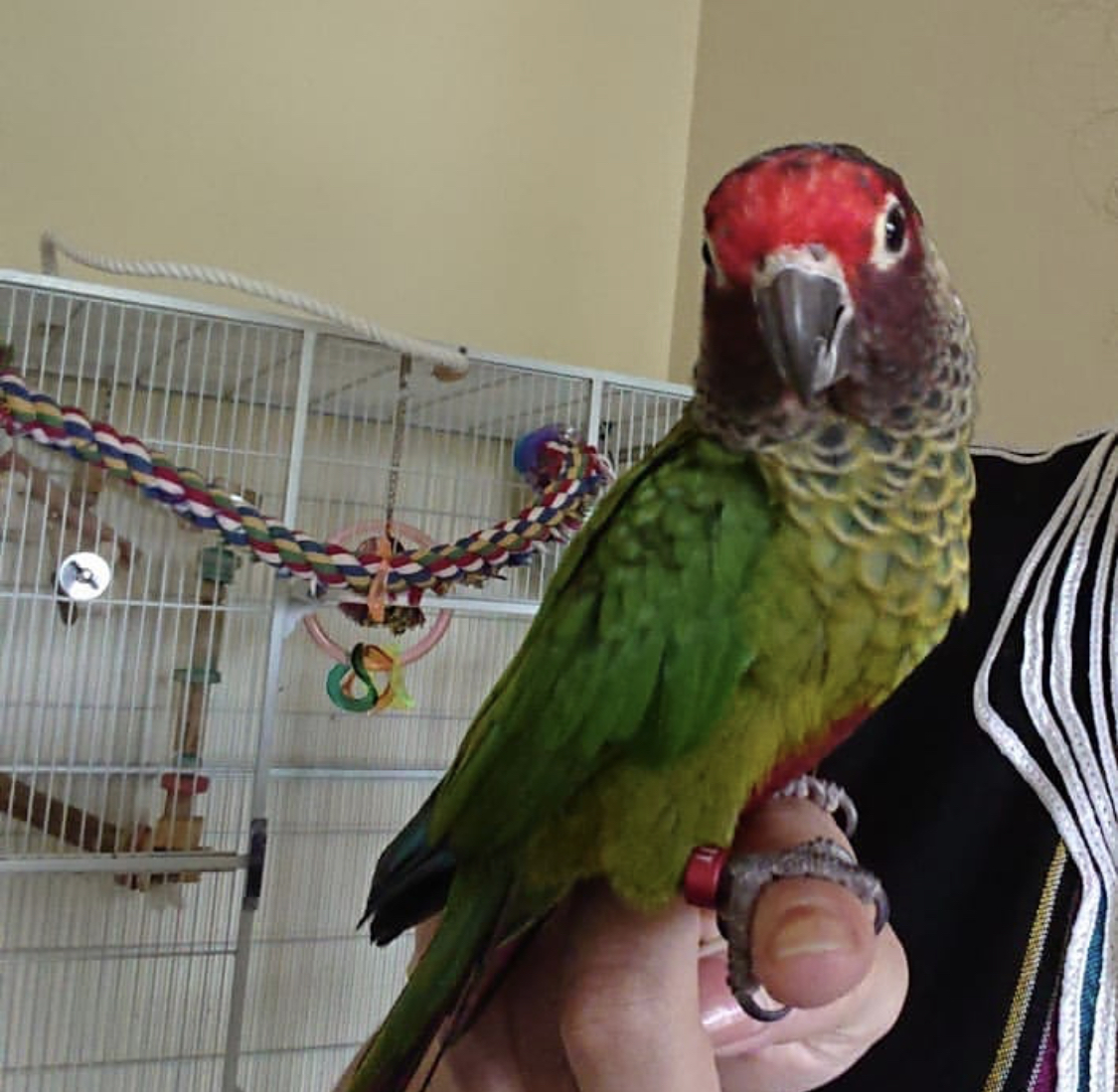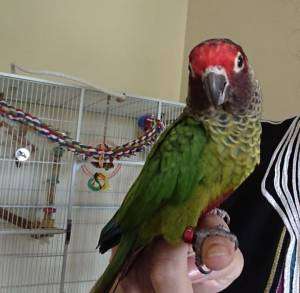
- by FPABS-Admin
- 0
- Posted on
Conures and Their Breeding Habits
Conures and Their Breeding Habits are colorful, clever, charismatic clowns that can be a never-ending source of enjoyment for their owners. All of this, combined with the fact that they are reasonably price creates a large demand by pct shops nationwide.This demand must be met by captive-breeding in the United States. Private aviculturists have fared quite well in this area.
Their Breeding Habits
Almost all of the conures can be divide into one of four groups that differ from one another in some major way concerning breeding habits. There are a few “outsiders” that do not fit clearly into any of the four groups, but these are the exception to the rule and can usually be place as intermediates between two of the major groups. What follows is a rundown of the conures most commonly available.
Green Conure Group
The first group, and the largest in body size of those commonly available, is the green conure group. These are classified scientifically under the genus name Aratinga. (The macaws are classified under the name Ara, and these large green conures are, as the name implies, very closely related to the macaws. This relationship has been demonstrate by the fact that hybrid offspring from a cross between a noble macaw and a mitred conure have produced fertile eggs.) This group consists of the blue-crowned, mitred, cherry-head Finch’s, green and red-throated conures. The blue crown is a bit afield of this group (toward the macaws), but its breeding habits and seasons are very close to the rest of this group.
Gold-Capped
The second conure group is made up of what usually refer to as the medium- size conures. These are the gold-cap jenday, sun and dusky conures. These are also classifie under the genus Aratinga, but most aviculturists who have worked with them for an extend time believe they should be group separately. Although they are still relate to the macaws, these conures are certainly a giant step further away than the green conure group. Their behavior differs from their larger cousins in every way.Nanday
Intermediate to the previous two groups is the nanday conure. Like the green conure group, it is highly seasonal about beginning nesting activities, but like the gold cap group, it is free-breeding, once it decides that the season is at hand. If they don’t give you at least two clutches a year, they are probably sick. You can usually count on three clutches, and if they can at all manage four (with early baby-pulling), they are happy to oblige.
Brown-Throated, Aztec and Halfmoon Conures
The third major group consists of the brown-throated, the Aztec and the half- moon conures. Although they are still members of the Aratinga genus, they are another step further away from the macaws. This group starts breeding earlier in the year than the green conure group (early to middle summer), but like that group, they often take three to five years before they start producing on a regular basis. At that point, some pairs will only produce a few babies a year, while others will become prolific producers like those of the gold cap group. Some pairs never produce at all.Peach-Fronted Conures
Next is another conure that does not fit clearly into any group. It is best classified as intermediate to the gold cap and brown throat groups. This bird is the peach-fronted conure.
